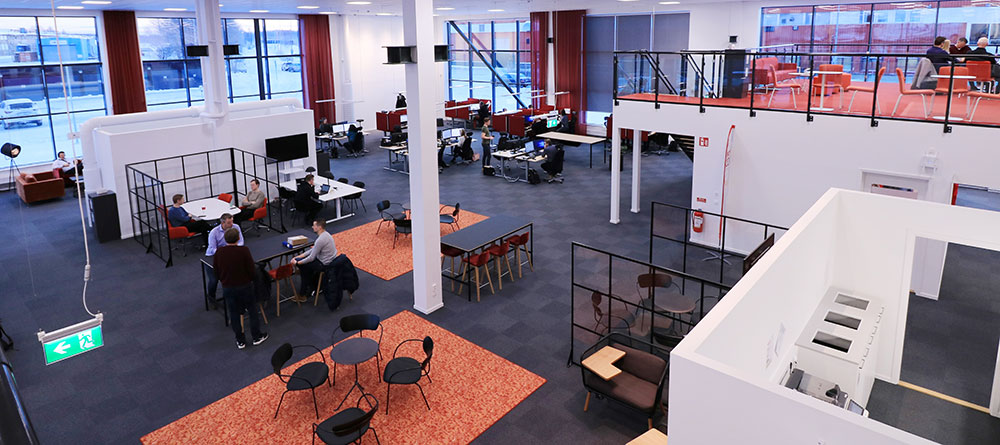“The flexible work arrangements enabled them to see new opportunities to stimulate employees and support new ways of working to increase collaboration between employees”, Eva Bergsten says.
Lessons learned from previous moves
Research from four previous moves to activity-based offices revealed a fair amount of staff dissatisfaction due to poorer communication, a weaker sense of community and a perceived reduced output.
For this reason, a project group was set up to prepare staff, not only for the move to a different physical office, but for a different way of working.
“First-line managers must be on board”
The preparations included workshops in which staff could ask questions and gain information to understand what it would be like to work in an activity-based office, information sessions where managers and executives explained the purpose and goals of working in the new way, inspirational talks, and lectures on ergonomics.
“The more activities the employees took part in, the more positive they were and the more productive they felt afterwards,” Eva Bergsten says.
The researchers in Gävle saw that leadership was important. A committed and creative first-line manager who believed in the new way of working made the employees feel more positive.
“It is vital to start with putting in a lot of work to get the first-line managers on board, as they largely determine whether the employees in turn will get on board or not.”
Incentives needed to bring staff to the office
The experience of the pandemic, Eva Bergsten explains, has made many organisations realise that working remotely works well. In this new situation, activity-based offices can become a way to increase staff interaction and collaboration.
“Now, we may need incentives to come to the office, so employers need to start thinking about how to create attractive environments that actually bring people into the offices," Eva Bergsten says.
Text: Douglas Öhrbom







